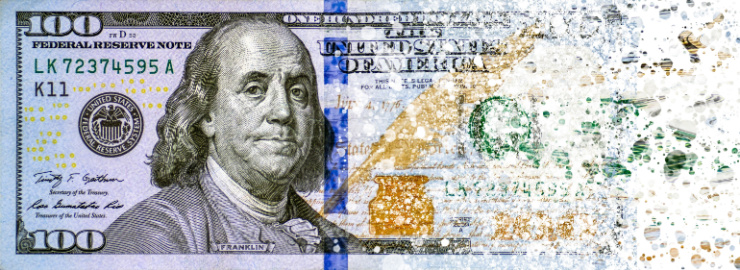
America’s debt has been hit with a downgrade for the second time in modern history. Fitch downgraded American debt to AA+ from AAA, echoing Standard & Poor’s downgrade in 2011. You can see here that both sides of the aisle are big spenders, not savers. The Wall Street Journal’s editorial board writes:
The credit raters aren’t perfect oracles. And we don’t agree with Fitch’s complaint about debt-limit standoffs, since those have been the only recent times when anyone in Washington considers spending restraint. But Fitch’s decision captures the unseriousness of America’s economic decision-making.
For evidence, consider how much the U.S. fiscal and political outlook has deteriorated since the previous debt downgrade in 2011. Standard & Poor’s dropped its AAA rating on U.S. debt while Fitch and Moody’s didn’t.
The ratio of U.S. debt held by the public to GDP at the time was only 65.5%, while the Congressional Budget Office expects it to be 98.2% this year. That’s up from 79.4% before the pandemic, and it is expected to rise to 115% of GDP by 2033 on present budget trend. As Fitch notes, U.S. “general government debt,” including state and local government, is more than two-and-a-half times greater than the median 39.6% of GDP for a AAA rating.
The future looks worse. The deficit in the first nine months of this fiscal year hit $1.39 trillion, up 169% from the same period the year before. The deficit is supposed to shrink when the economy grows, but revenue isn’t keeping pace with runaway spending. The debt-ceiling deal this year did little to curtail the spending bulge still in the pipeline from the first two Biden years. Interest on the debt this year is expected to be $663 billion, which is $188 billion more than all corporate tax revenue.
Action Line: Your Survival Guy wants you to save til it hurts. No one in Washington seems to be saving at all, or paying attention. You need a plan to survive. Click here to sign up for my free monthly Survive & Thrive letter and become a Survivor.



